As you all know by now, schools in Los Angeles were closed today because authorities received a “credible threat” of some kind of attack. So far, all we know is that (a) it came via an email routed through Germany, (b) it contained the word allah un-capitalized, and (c) several other cities, including New York, received the same message. Was it wise to shut down every school in LA over this? Mike O’Hare says no, essentially because the threat strikes him as ridiculous, not credible.
This makes me curious: do we ordinary citizens ever get the chance to evaluate these threats after the fact? I get that it’s sometimes unwise to release a lot of information about events like this, but it also means that we never get to weigh the judgment and common sense of our elected officials. O’Hare thinks the risk that this was a genuine threat is infinitesimal. It seems the same way to me. After all, any half-bright teenager can write an anonymous email and route it through a proxy server somewhere just for laughs. Was there anything more to it than that?
Well, maybe there was, but they’re not telling us. Maybe there really was a good reason to believe this might be a genuine threat.
Or, maybe it was just a prank email and everyone panicked. I don’t live in Los Angeles, but if I were a taxpayer there I’d sure like to know more about this. City officials will almost certainly say they can’t comment further because the FBI is investigating yada yada yada, but I suspect they just don’t want to admit that they panicked over a dubious threat. I wonder if we’ll ever be allowed to know?

 Examiner, AOL News, Engadget, Slate, and a host of others from all corners of the globe.
Examiner, AOL News, Engadget, Slate, and a host of others from all corners of the globe.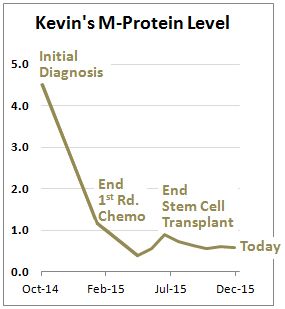 high enough to affect me in any serious way. If my maintenance med keeps me at this level, I could pretty much live forever. And the side effects have been pleasantly minimal. I feel fine in almost all respects.
high enough to affect me in any serious way. If my maintenance med keeps me at this level, I could pretty much live forever. And the side effects have been pleasantly minimal. I feel fine in almost all respects.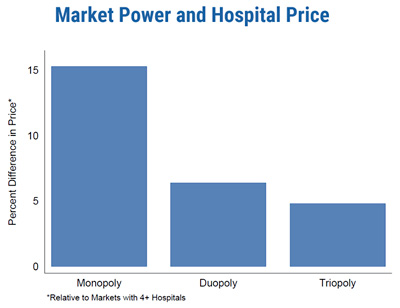 variation in hospital costs for the same procedure, and one of the
variation in hospital costs for the same procedure, and one of the 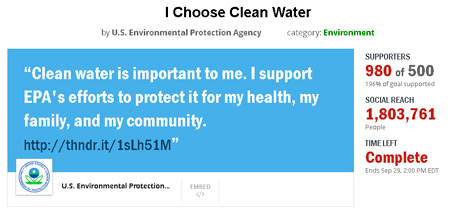 Apparently this counts as “lobbying Congress.” It’s obviously pretty trivial, though.
Apparently this counts as “lobbying Congress.” It’s obviously pretty trivial, though.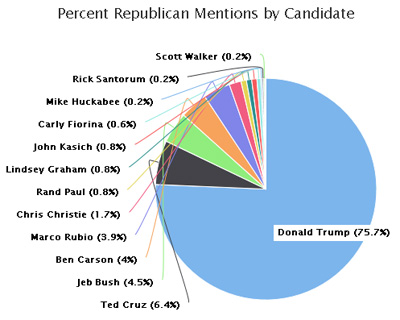 self-censor anything that might possibly encourage a “bad” outcome. Sometimes newsgathering stimulates a happy result, but it’s not the only way to judge the worthiness of a story.
self-censor anything that might possibly encourage a “bad” outcome. Sometimes newsgathering stimulates a happy result, but it’s not the only way to judge the worthiness of a story.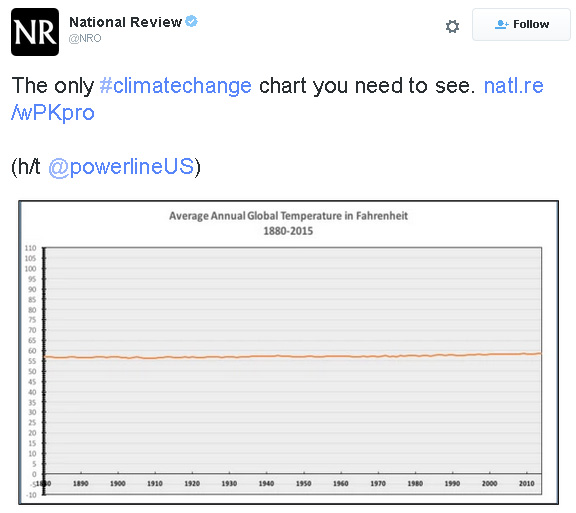
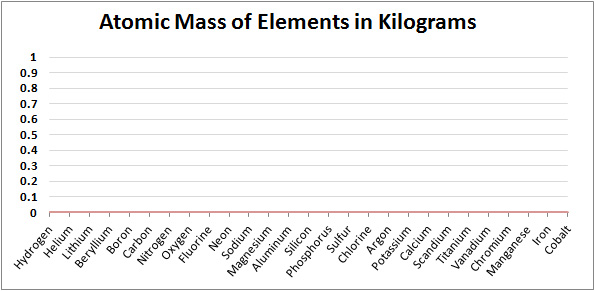
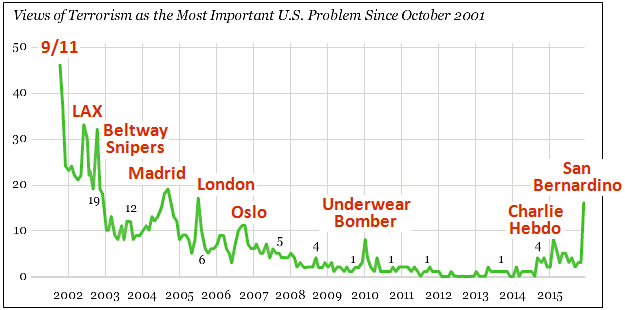
 This is amazing. There’s a trending meme on social media that’s starting to gain steam on ordinary old media: Who should have been Sports Illustrated’s Sportsperson of the Year? Serena Williams or American Pharoah? The answer, of course, is Serena Williams, because SI has chosen human beings for this award for the past 60 years. Secretariat didn’t win it. Seattle Slew didn’t win it. Affirmed didn’t win it. And now, American Pharoah hasn’t won it. This is because they are horses, not human beings.
This is amazing. There’s a trending meme on social media that’s starting to gain steam on ordinary old media: Who should have been Sports Illustrated’s Sportsperson of the Year? Serena Williams or American Pharoah? The answer, of course, is Serena Williams, because SI has chosen human beings for this award for the past 60 years. Secretariat didn’t win it. Seattle Slew didn’t win it. Affirmed didn’t win it. And now, American Pharoah hasn’t won it. This is because they are horses, not human beings.


